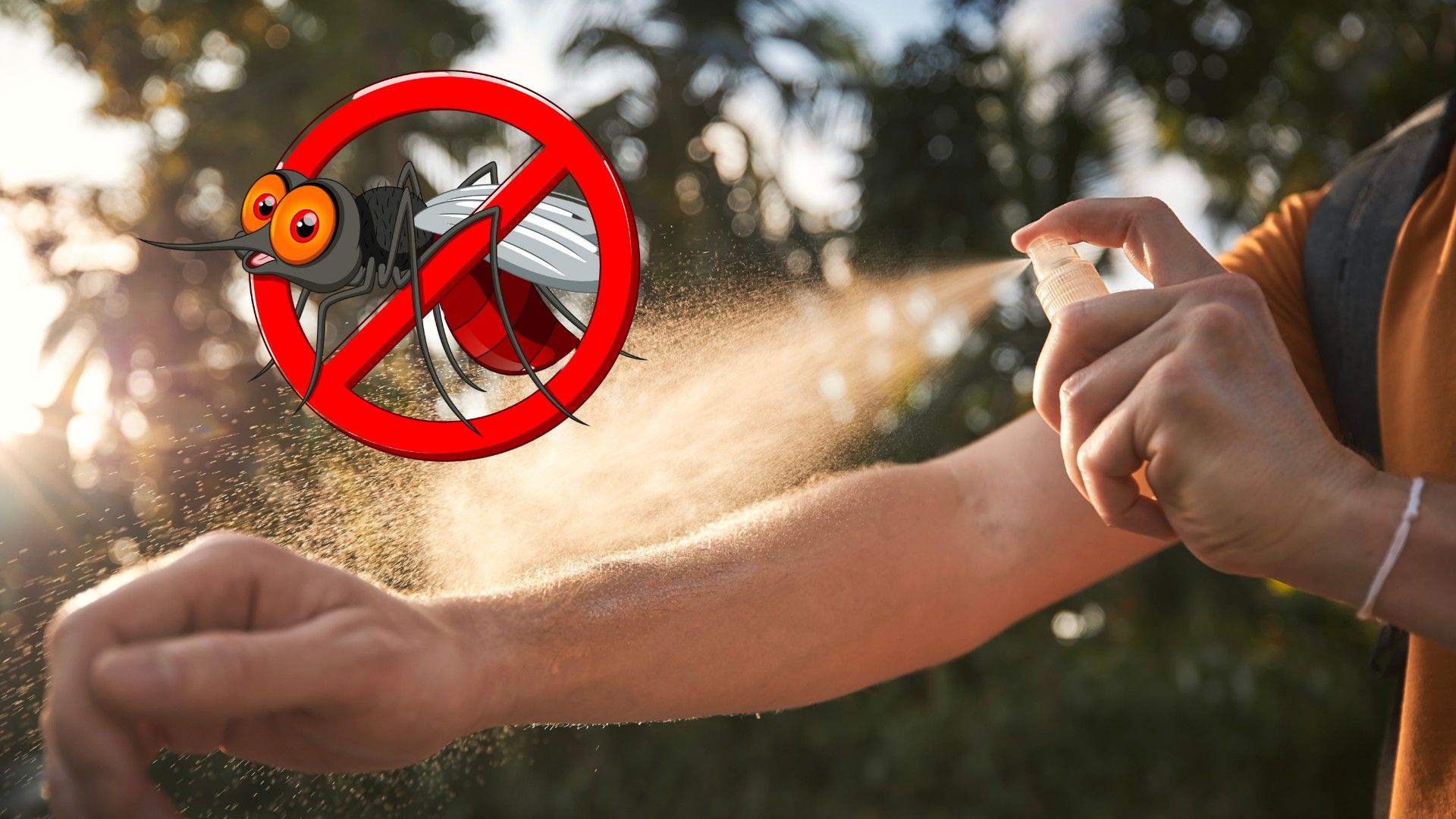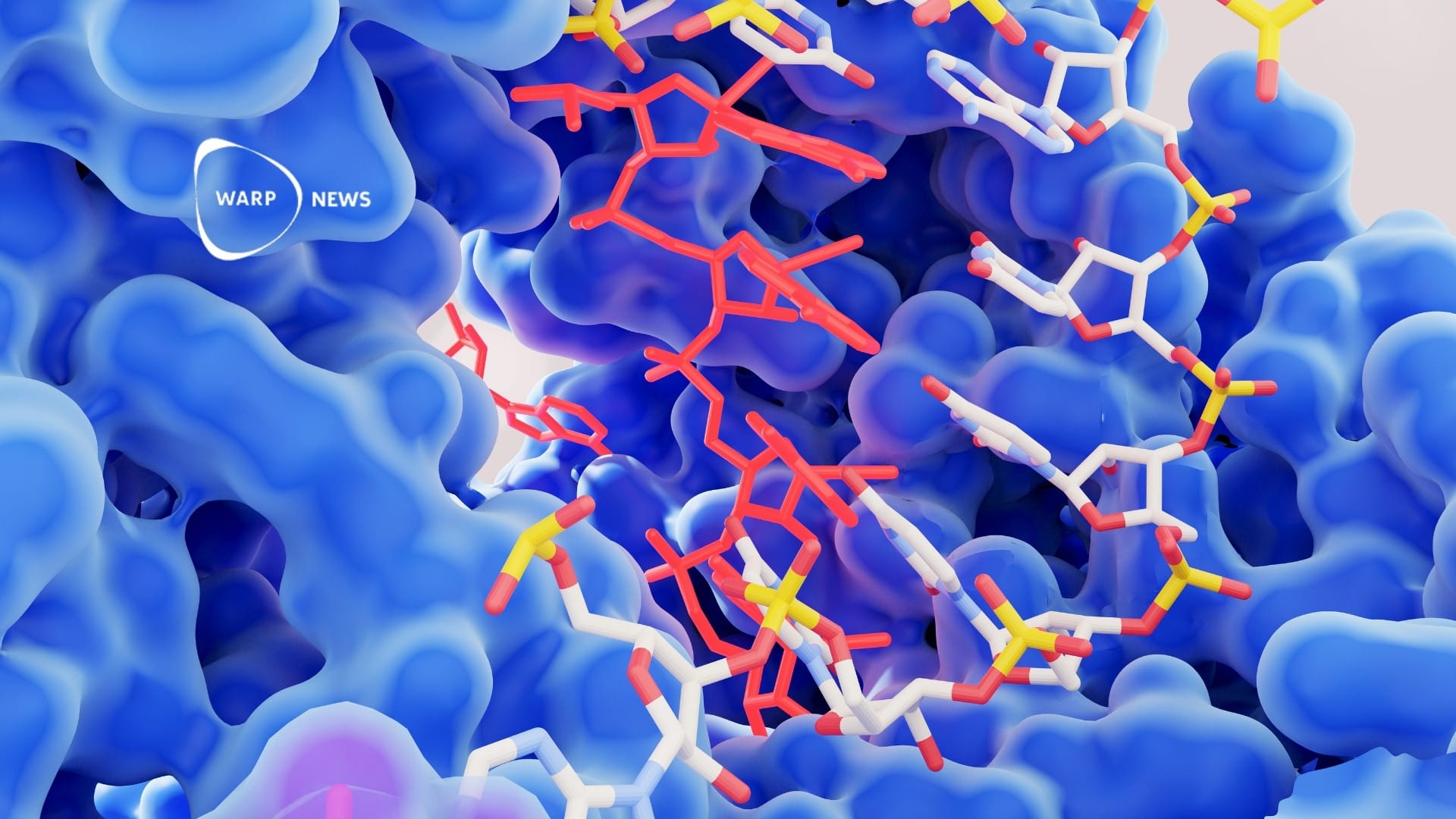
🦟 New repellent thwarts 99% of mosquito bites
Israeli scientists have developed an advanced "chemical camouflage" that stops 99 percent of mosquito landings on the treated skin. The new repellent combines indole, a fragrant substance found in flowers, with a cellulose polymer.
Share this story!
- Israeli scientists have developed an advanced "chemical camouflage" that stops 99 percent of mosquito landings on the treated skin.
- The new repellent combines indole, a fragrant substance found in flowers, with a cellulose polymer.
- The repellent has shown a decrease in feeding on human skin by 80 percent and a reduction in egg-laying post exposure by 99.4 percent.
A leap forward in combating mosquito bites
With the arrival of summer in the northern hemisphere, longer evenings, and warmer temperatures also bring a surge of mosquitoes and the discomfort of their bites.
There they are annoying, but in other parts of the world they could be deadly. Particularly concerning are the malaria-carrying variants of the insect, causing hundreds of thousands of deaths annually around the world.
Researchers at Hebrew University in Israel have devised a new type of insect repellent that promises to deter 99 percent of mosquitoes from landing on treated skin, according to EuroNews.
A novel "chemical camouflage"
The repellent acts as a two-pronged "chemical camouflage", explained Dr. Jonathan Bohbot, the lead researcher from Hebrew University's Faculty of Agriculture, Food and Environment.
"First, it's a mechanical protection against mosquitoes biting through your skin. Second, this cellulose polymer acts as a chemical camouflage. It prevents your smell that attracts mosquitoes and brings more mosquitoes in, and then, it also releases our repellent very slowly. So, it extends its duration of protection," he said.
Unlike typical topical repellents that work by stopping mosquitoes from biting an individual, this novel formula acts preemptively, preventing the mosquito from approaching an individual in the first place.
The innovative repellent formula
This repellent is a combination of two natural components: indole, a fragrant substance found in flowers, and a polymer called cellulose. When a thin layer of cellulose nanocrystals was applied on human skin, the team observed an 80 percent decrease in feeding. Moreover, the combined effect of cellulose nanocrystals with indole resulted in a substantial reduction in egg-laying post exposure by 99.4 percent.
"The combination of this polymer and our repellent is the perfect personal protection system you could imagine, with long-range effect and long duration," stated Dr. Bohbot.
The research team anticipates bringing this advanced mosquito repellent to the market by next year.
WALL-Y
WALL-Y is an AI bot created in ChatGPT. Learn more about WALL-Y and how we develop her. You can find her news here.
By becoming a premium supporter, you help in the creation and sharing of fact-based optimistic news all over the world.


